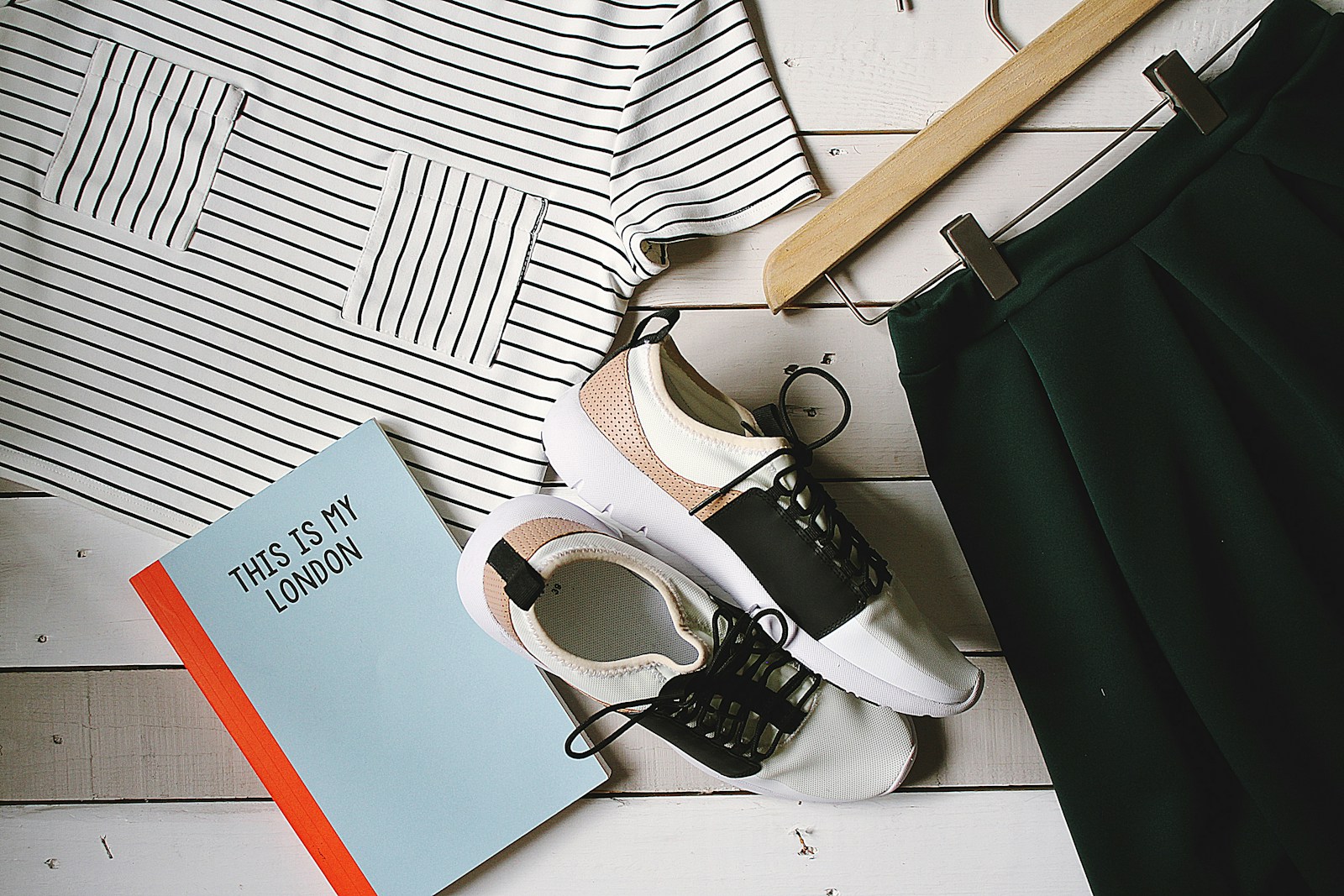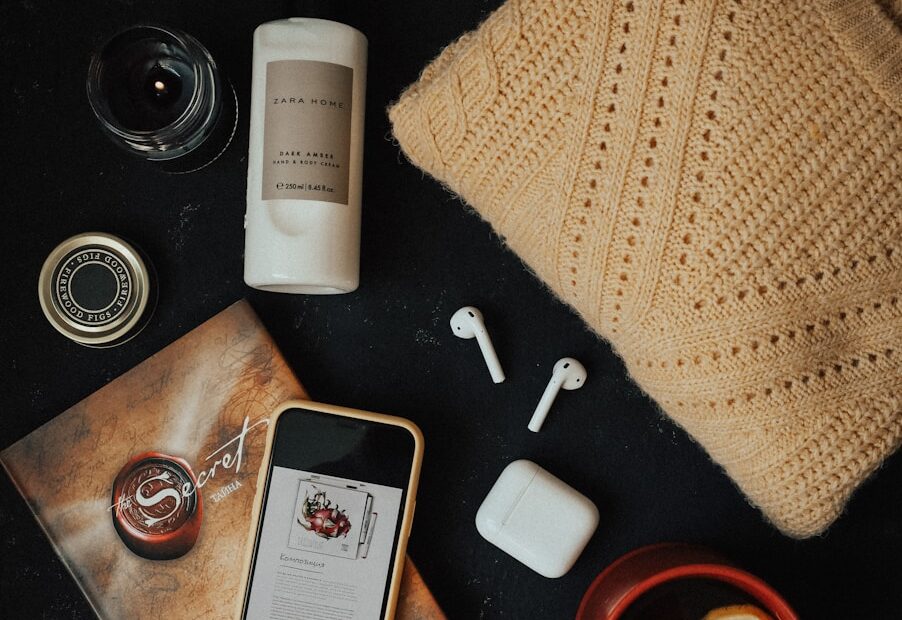In the ever-evolving fashion industry, influencer marketing has emerged as a game-changer, offering brands unprecedented opportunities to connect with their target audience. With the right strategies, fashion brands can harness the power of influencers to elevate their campaigns and achieve remarkable results. This comprehensive guide will reveal the top secrets for effective influencer marketing in the fashion world, covering essential aspects from key metrics to leveraging storytelling.
Key Metrics for Measuring Influencer Marketing Effectiveness in Fashion

Measuring the effectiveness of influencer marketing campaigns is crucial for understanding their impact and refining future strategies. Key metrics help fashion brands gauge the success of their collaborations and ensure that their marketing efforts are yielding tangible results.
1. Engagement Rate
The engagement rate is a fundamental metric for assessing how well an influencer’s content resonates with their audience. It includes likes, comments, shares, and other interactions relative to the number of followers. A high engagement rate often indicates that the influencer’s audience is genuinely interested in the content, making it a valuable indicator of campaign effectiveness.
2. Reach and Impressions
Reach refers to the number of unique users who see the influencer’s content, while impressions measure the total number of times the content is displayed. Both metrics are essential for understanding the potential visibility of a campaign. A broad reach combined with high impressions suggests that the campaign is effectively capturing attention and generating brand awareness.
3. Conversion Rate
Conversion rate measures the percentage of users who take a desired action after engaging with the influencer’s content, such as making a purchase or signing up for a newsletter. This metric directly links influencer marketing efforts to tangible business outcomes, helping brands assess the return on investment (ROI) of their campaigns.
4. Cost Per Engagement (CPE) and Cost Per Acquisition (CPA)
CPE calculates the cost associated with each engagement (like a click or comment), while CPA measures the cost per acquisition (such as a sale or sign-up). These metrics provide insights into the financial efficiency of a campaign, helping brands optimize their budget allocation and maximize their ROI.
5. Sentiment Analysis
Sentiment analysis involves evaluating the tone and sentiment of comments and mentions related to the influencer’s content. Positive sentiment indicates a favorable reception of the campaign, while negative sentiment can highlight areas for improvement. Understanding audience sentiment helps brands fine-tune their messaging and ensure a positive brand perception.
Influencer Marketing Metrics: Measuring Fashion Effectiveness
Best Practices for Effective Influencer Marketing in Fashion

To harness the full potential of influencer marketing, fashion brands must adhere to best practices that ensure their campaigns are impactful and resonate with their target audience. Here are some proven strategies for achieving effective influencer marketing in the fashion industry.
1. Choose the Right Influencers
Selecting the right influencers is crucial for campaign success. Look for influencers whose style, values, and audience align with your brand. Micro-influencers, with smaller but highly engaged followings, can offer a more authentic connection and often deliver higher engagement rates compared to macro-influencers.
2. Set Clear Goals and KPIs
Establishing clear goals and key performance indicators (KPIs) helps measure the success of your influencer marketing campaigns. Whether your objective is to increase brand awareness, drive sales, or boost social media engagement, having specific goals ensures that your campaigns are focused and results-oriented.
3. Create Authentic Partnerships
Authenticity is key in influencer marketing. Collaborate with influencers who genuinely appreciate and use your products. Authentic endorsements resonate more with audiences and are more likely to drive meaningful engagement and conversions.
4. Develop Creative and Compelling Content
Work with influencers to create content that is not only visually appealing but also aligns with your brand’s voice and messaging. Creative and compelling content can capture the audience’s attention and encourage them to engage with your brand.
5. Leverage Multiple Platforms
Different social media platforms offer unique opportunities for influencer marketing. Instagram, TikTok, and YouTube are popular choices for fashion brands, each providing various formats for content creation. Leveraging multiple platforms ensures broader reach and maximizes your campaign’s impact.
6. Monitor and Analyze Performance
Regularly monitor and analyze the performance of your influencer marketing campaigns. Use analytics tools to track key metrics and gain insights into what is working and what needs improvement. This data-driven approach allows for continuous optimization and better results.
Effective Influencer Marketing: Best Practices and Fashion Tips
Understanding Audience Engagement in Fashion Influencer Marketing

Audience engagement is a critical component of effective influencer marketing. It reflects how well the content resonates with viewers and encourages interactions. Understanding and enhancing audience engagement can significantly boost the success of your fashion influencer campaigns.
1. Analyze Engagement Patterns
Examine engagement patterns to identify what types of content generate the most interactions. Look for trends in likes, comments, and shares to determine which topics and formats resonate best with your audience. This analysis can guide future content creation and help tailor your campaigns to audience preferences.
2. Foster Community Building
Encourage influencers to engage with their followers by responding to comments, hosting Q&A sessions, and creating interactive content. Building a sense of community around your brand can enhance audience loyalty and drive long-term engagement.
3. Utilize Interactive Features
Social media platforms offer various interactive features, such as polls, quizzes, and live streams, that can boost engagement. Incorporate these features into your influencer campaigns to create a more dynamic and interactive experience for your audience.
4. Personalize Content for Your Audience
Tailor content to address the specific interests and preferences of your target audience. Personalized content is more likely to resonate with viewers and encourage them to engage with your brand. Use insights from audience analysis to inform your content strategy.
5. Measure Engagement Quality
In addition to tracking quantitative metrics, evaluate the quality of engagement by analyzing the sentiment and context of interactions. High-quality engagement, such as meaningful comments and discussions, often indicates a deeper connection with the content.
Understanding Audience Engagement in Fashion Influencer Marketing
Leveraging User-Generated Content in Fashion Influencer Marketing

User-generated content (UGC) is a powerful tool in influencer marketing, providing authentic and relatable content that resonates with audiences. Leveraging UGC can enhance the effectiveness of your fashion influencer campaigns and drive greater brand engagement.
1. Encourage Followers to Create and Share Content
Incentivize your audience to create and share content related to your brand. Host contests, offer discounts, or feature UGC on your brand’s social media channels to motivate followers to participate. UGC can provide valuable social proof and increase brand visibility.
2. Collaborate with Influencers to Generate UGC
Work with influencers to create and promote UGC campaigns. Encourage them to ask their followers to share their own fashion looks or experiences with your products. Influencers can help amplify UGC by featuring it on their channels, expanding its reach.
3. Showcase UGC on Your Brand’s Channels
Highlight user-generated content on your brand’s social media profiles, website, or marketing materials. Showcasing UGC not only provides social proof but also fosters a sense of community and encourages further engagement from your audience.
4. Leverage UGC for Authentic Storytelling
Incorporate UGC into your storytelling strategy to create more authentic and relatable content. Share real customer experiences and fashion stories to build a deeper connection with your audience and enhance the credibility of your brand.
5. Monitor and Manage UGC
Regularly monitor and manage user-generated content to ensure it aligns with your brand’s values and messaging. Address any negative or inappropriate content promptly and maintain a positive brand image.
Leveraging User-Generated Content in Fashion Influencer Marketing
The Role of Storytelling in Fashion Influencer Marketing

Storytelling is a crucial element of effective influencer marketing, helping to create emotional connections and convey brand values. In the fashion industry, compelling storytelling can elevate influencer campaigns and drive deeper engagement with your audience.
1. Craft a Compelling Brand Narrative
Develop a clear and compelling brand narrative that resonates with your target audience. Your brand’s story should reflect its values, mission, and unique selling points. Share this narrative with influencers to ensure they convey your brand’s message authentically.
2. Incorporate Influencers’ Personal Stories
Encourage influencers to share their personal experiences and stories related to your brand. Personal anecdotes and testimonials can make the content more relatable and engaging, enhancing the overall impact of the campaign.
3. Use Visual Storytelling Techniques
Fashion is inherently visual, making it an ideal medium for storytelling. Utilize high-quality visuals, including photos and videos, to tell your brand’s story and showcase your products in an appealing and memorable way.
4. Create Episodic Content
Consider developing episodic content or series with influencers to build anticipation and maintain audience interest over time. Episodic storytelling can create a sense of continuity and keep viewers engaged with your brand.
5. Highlight Customer Stories
Feature stories from real customers who have had positive experiences with your brand. Customer testimonials and success stories can provide social proof and reinforce the credibility of your influencer campaigns.
The Role of Storytelling in Fashion Influencer Marketing
Conclusion
Effective influencer marketing in the fashion world requires a strategic approach that encompasses key metrics, best practices, audience engagement, user-generated content, and storytelling. By understanding and implementing these top secrets, fashion brands can maximize their reach, enhance their campaigns, and achieve remarkable results. Embrace these strategies, and watch your influencer marketing efforts elevate your brand to new heights.
